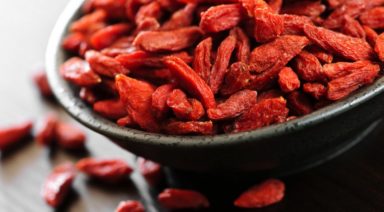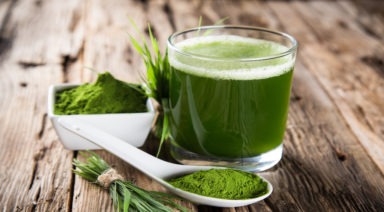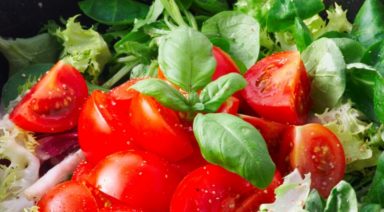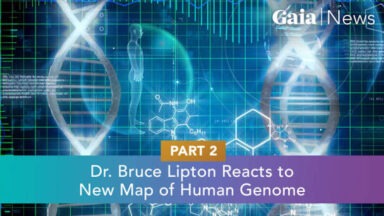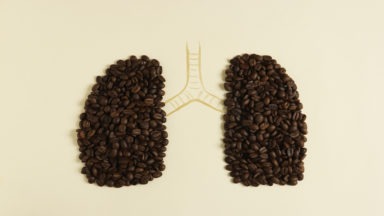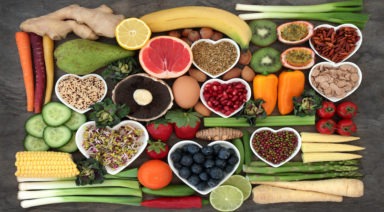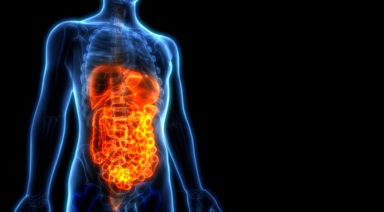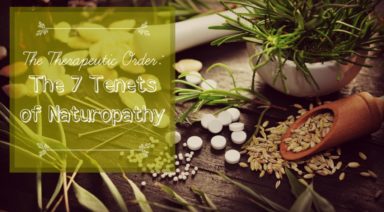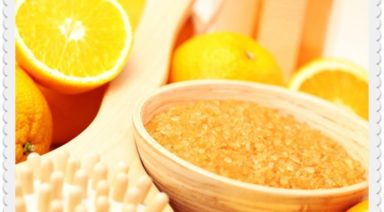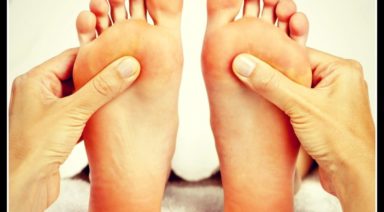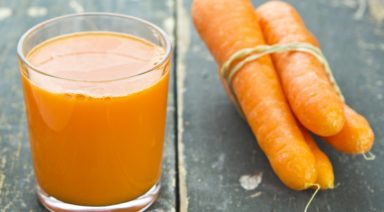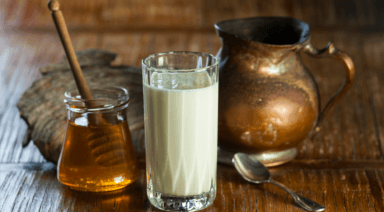The Keto Diet: Overview, Benefits, and Warnings

Over the past few years, the keto diet, or ketogenic diet, has become one of the most popular forms of dieting and weight loss. While weight loss isn’t in the cards for every dieter, it’s often the primary motivator.
Because the diet requires a drastic reduction in carbohydrates, we might feel spacey, flaky, and lost for a few days, but only at the start. By its conclusion, many dieters report a loss of weight and see an overall improvement in their mental clarity and physical health.
Getting on the keto diet might not make you a better person, but it will improve your relationship with bacon grease and cauliflower. It might also teach you about the addictive nature of carbs.
What Happens to Our Bodies During the Keto Diet?
As we starve our bodies of carbohydrates, our systems begin to get our energy from triglycerides in our stored fat. As our livers break down the fat and produce ketones (acids), our bodies enter the survival state known as ketosis. This is when our energy levels improve, and our weight tends to decrease.
Let’s be careful though. When the body is synthesizing fat, it can also produce excess ketones, which can be poisonous to the body, resulting in ketoacidosis. Good times.
My body goes crazy for foods that are high in carbs. I especially love pasta, which means giving it up is painful. When we eat carbs, our bodies rush to produce glucose and insulin. After a plate or two of spaghetti, I tend to feel a little high. Lucky me!
With carbs, glucose converts to bursts of energy, and then insulin processes it all in the blood and carries it throughout the body. For a while, carbs can feel wonderful.
When I completed my keto diet at 31 days, I had lost 15 pounds. During and after the diet, I experienced improvements in mental focus, memory, and energy.
Many people report losing lots of weight during their keto diet, while some don’t lose any weight at all. Luckily, weight isn’t the banner value of the diet.
What is the Keto Diet?
The keto diet consists of a straightforward set of rules:
- Remove carbs from your diet or drastically reduce your carb intake. This means no grains, rice, pasta, potatoes and their tubular friends, and no bread, flour, fruit, or sugar.
- You can eat meat, eggs, vegetables, high-fat cream, butter, nuts, seeds, avocados, berries, stevia sweetener, and all the other fats (high-fat salad dressing, coconut oil, sesame oil, saturated fats, and bacon fat). Yes, bacon fat. Lots and lots of bacon fat.
- Eat as much as you want from 11 am to 7 pm.
- Do not eat from 7 pm to 11 am every day.
- When planning your meals, include lots of fatty meats and oily proteins.
- During each sitting, eat your vegetables first and then your proteins.
The nutritional breakdown of your meal plan might look something like this:
- Fat: 70% of calories
- Protein: 25% of calories
- Carbs: 5% of calories
By forcing a fat-burn through the liver, your body goes into a state similar to fasting, known as ketosis. In some cases, this fast-paced fat-burn can be reinvigorating.
In many cases, the weight you’ve been struggling to lose for the past five years will appear to fall off magically. Please be aware that this is not the case for everyone.
Some people find the beginning of this diet to be very difficult. The spaciness and confusion that can result from excluding carbs from their diet can feel debilitating. If you struggle with letting go of carbs, pace yourself, and try to decrease your carb intake over time.
The Downside of the Keto Diet
When you stop eating carbs, your body and mind begin to exhibit a type of withdrawal. While your system is scrambling to grab energy from fat, your mind and body look for their sugar daddy – carbs.
While your body is transitioning to its new source of power, it might also produce flu-like symptoms, otherwise known as the Keto Flu, Carb Flu, or Sugar Flu. The resulting fatigue will cause you to feel like you’re running around steep mountain paths at very high altitudes. You might also feel sleepy and tend to whine like a 5-year old. It’s okay; mommy loves you.
In the midst of your Keto Flu, your mind might wander, mostly because your brain will miss the energy bursts that the carbs were producing. You might feel confused and won’t have quality mental agility for a few days. This is all temporary. Eventually, your mind and body catch-up to the new system of fat-burning and all sorts of beautiful things take place.
During this diet, you might experience a change in bowel function, including constipation. This can be attributed to your newly-found low fiber intake. Without carbs, you’ll need to get fiber from vegetables and psyllium seed husks.
Seriously, eat fiber-rich veggies and psyllium. This will make your trips to the bathroom much less painful and far more productive.
If you experience diarrhea during your diet, you might need to add probiotics to your meals, along with fermented foods like sauerkraut, pickles, kimchi, tempeh, and miso.
While you’re at it, be prepared for a slower metabolism and stinky breath — just sayin.
The Benefits of The Keto Diet
Most people love the ketogenic diet for the benefits outside of weight loss.
Here’s a list of the most incredible takeaways:
- Increased energy
- Improved mental focus
- Increased mental agility
- Improved memory
- Reduced cholesterol
- Lowered blood pressure
- Regulated hormones
- Controlled epileptic seizures
- Lower insulin at healthier levels
- Increased sex drive
- Reversed insulin resistance
- Reduced feelings of stress
- More frequent feelings of happiness
- Reduced acne (Yup, the keto diet means fewer zits!)
Keto Diet Warnings and Conclusion
If you’re on the keto diet and you experience frequent urination, extreme thirst, high blood sugar levels, and high levels of keynotes in the urine, please see a doctor or go to an emergency room. These are symptoms of DKA, otherwise known as Diabetic Ketoacidosis.
Most common in type 1 diabetes, DKA is a serious condition, and it can make you violently ill. It might also kill you. Treatment involving fluid replacement has the highest rate of success.
To flush ketones out of your body naturally, drink extra water.
Keep in mind that the keto diet was never meant to be a long-term strategy for health and weight loss. Some doctors are not careful when prescribing this diet. Your keto friends might also be unaware of the diet’s potential risks.
If you’re frequently using the keto diet for weight loss or any of its other benefits, you run the risk of chronic disease, and potentially, premature death. Yes, it’s that serious.
In all cases and with all diets, be extremely careful, especially when limiting your carbohydrate intake.
The most comprehensive health and diet plans include exercise. Consult a western or naturopathic doctor to learn more about your limits and health risks related to dieting.
For the vegetarians and vegans in the house, it’s entirely possible to maintain your plant-based diet and be a keto rock star. While consuming fat is a normal part of the keto process, your fat can be from coconut oil, nuts, and avocados.
While getting on the keto diet has some compelling benefits, it might also cause you to become addicted to bacon memes.
The hidden fun of this diet is in the fat. With a little research and careful moderation, butter, pork fat, and coconut oil might become your new best friends. Go fat go!
Enjoy your diet and be safe!
Best Foods for Healthy, Clear Skin: Treat Yourself to a Better Complexion
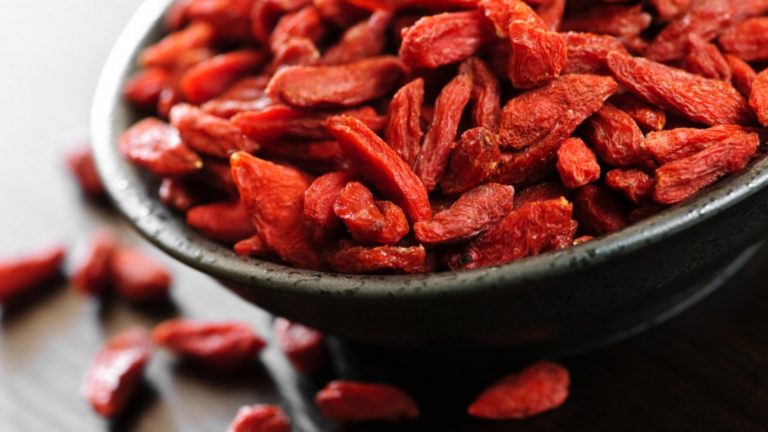
Healthy skin is beautiful skin and can be achieved by nourishing it from the inside out. Though its functions are often underestimated compared to other bodily systems, without the skin, we simply couldn’t survive.
Nutritious foods eaten consistently will begin to rebuild the cellular structure but this can take time as the skin has many layers. What you eat and drink now, can take four to six weeks to see the effects. By committing to a natural, whole foods diet, you’ll quickly begin to see healthy, beautiful, glowing skin.
List of Top 10 Best Foods for Healthy Skin
1. Lemon and Citrus Fruits – The Clarifiers
Citrus fruits, particularly lemon, juiced and sipped with water first thing in the morning or at any break are a wonderful complexion clearer. This little ritual gives your metabolism a kick start, your liver a much-needed mini cleanse, and your skin a vitamin C boost. Lemons are very cleansing to the body, so they help clarify the complexion. Another great way to incorporate it into your daily routine is to squeeze it over salad and vegetables or add slices to a jug of water.
2. Water – The Hydrator
Water makes up around 75-85% of your body—it’s even in your teeth and hair. Even though we’ve heard it all before, drinking pure water hydrates your body and prevents dry skin, keeping the cells hydrated, so they can easily uptake nutrients and remove waste.



